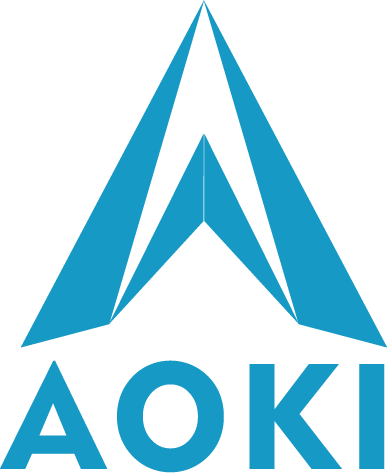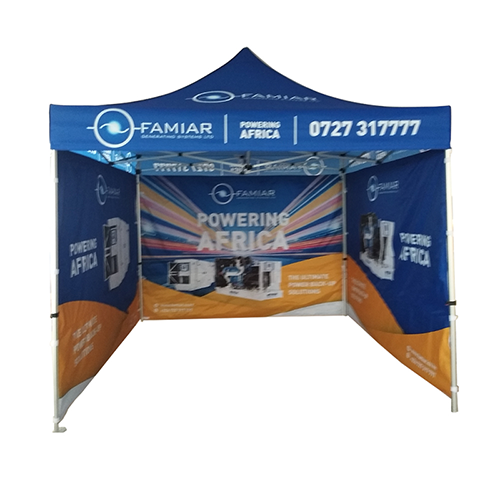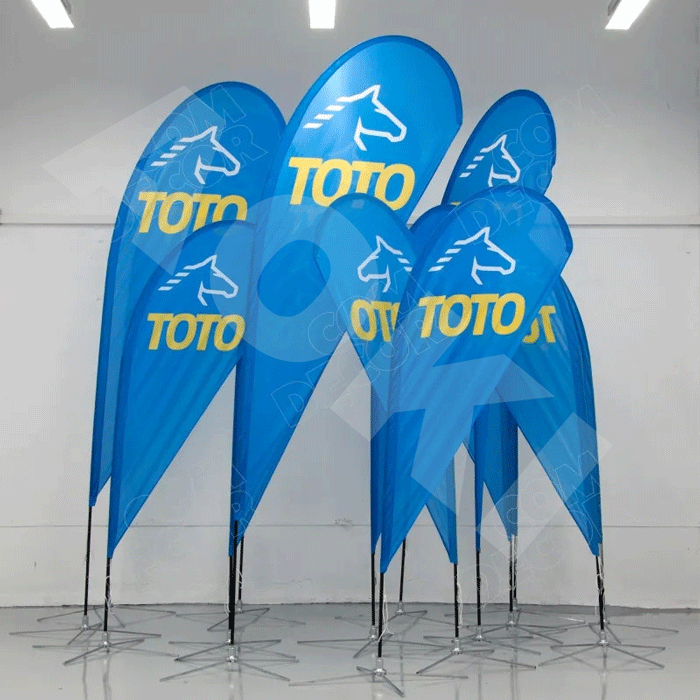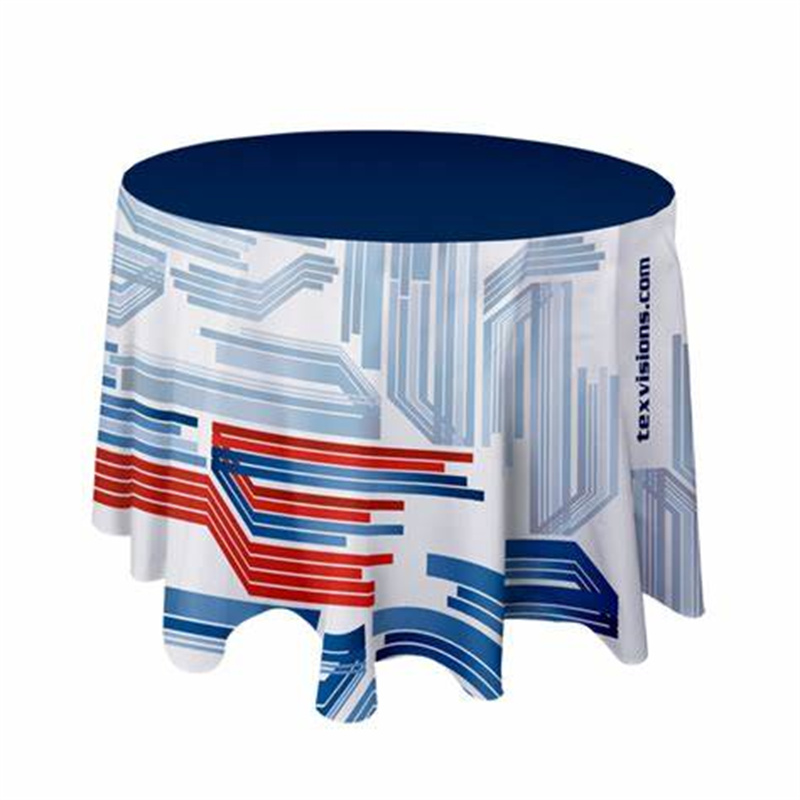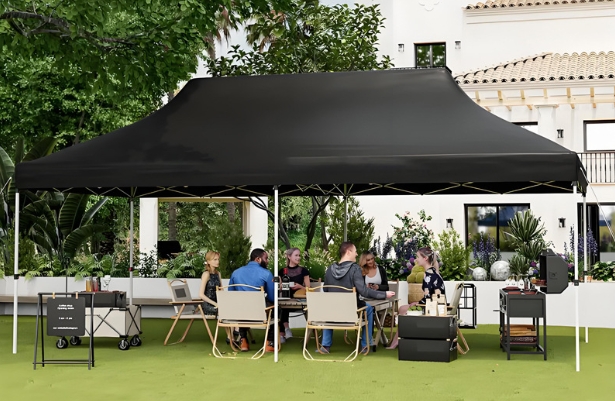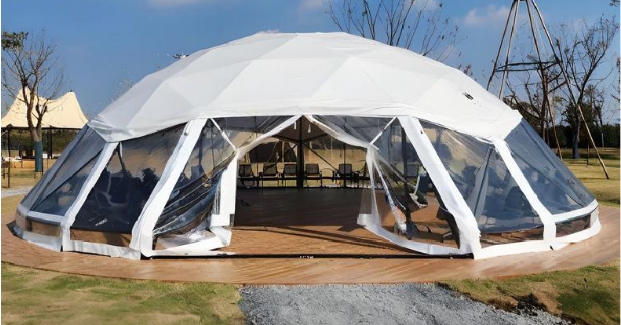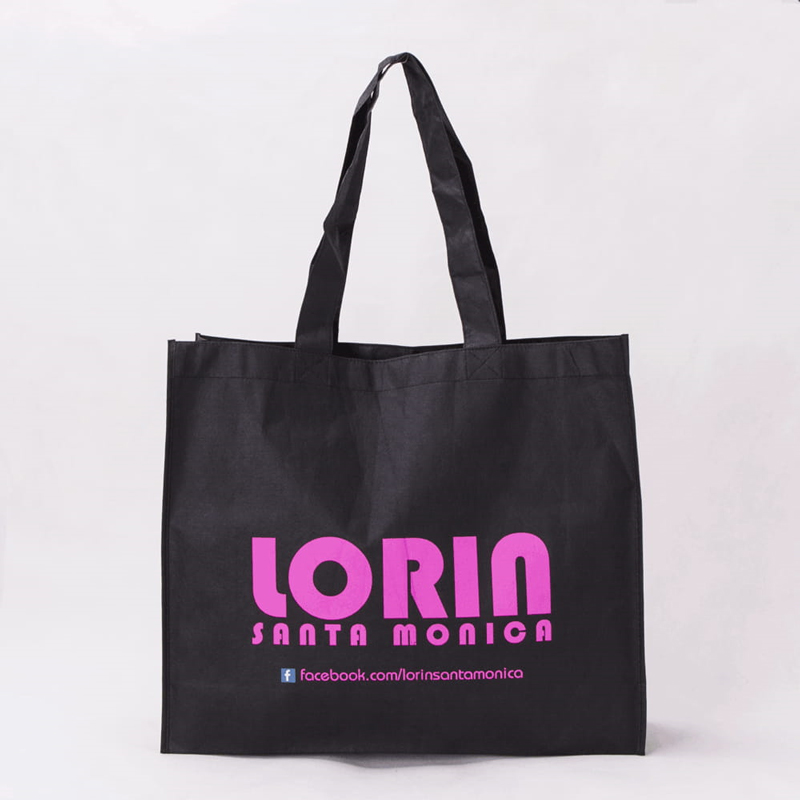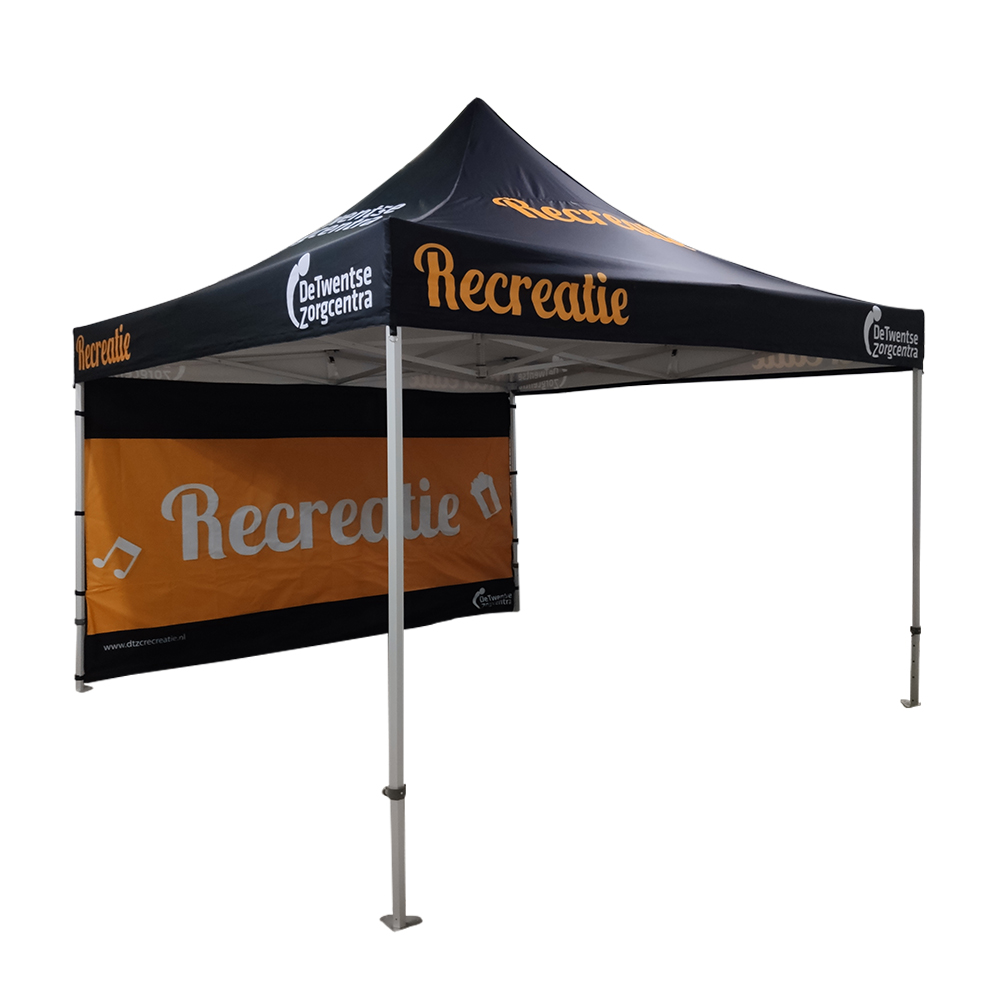What is the core difference between heavy-duty awnings and ordinary folding awnings?
1) Material strength Heavy-duty awnings: The frame is made of aviation-grade aluminum alloy (wall thickness ≥1.5mm) or Q235 carbon steel, and the surface is galvanized for rust prevention; the fabric is 200-300gsm PVC coated fabric with a tear strength of more than 500N. Ordinary awnings: Most of them are thin-walled iron frames (easy to rust) or ordinary polyester fabrics (easy to fade and damage).
2) Wind resistance Heavy-duty awnings: Through the triangular support + anchor system, it can withstand level 10 winds (wind speed 25m/s), and some models are equipped with wind-resistant cables. Ordinary awnings: Most can only withstand winds below level 6, and are prone to tipping over in extreme weather.
3) Waterproof performance Heavy-duty awnings: High-frequency hot-pressing seals are used at the seams, and the rainwater penetration rate is <0.1%; some high-end models pass the ISO 811 waterproof test. Ordinary awnings: Ordinary stitching joints, easy to seep water after long-term rain.
4) Service life Heavy duty awning: 5-8 years of normal use, the frame can be repeatedly disassembled and assembled more than 30 times without deformation. Ordinary awning: Usually after 1-2 years, the frame will bend and the fabric will age.
How to choose a heavy duty awning that suits your needs?
1) Environmental adaptability Coastal areas: 316L stainless steel frame + anti-salt spray coating fabric is preferred. Alpine areas: It is necessary to confirm the low-temperature brittleness of the frame (-30℃ test) and the UV resistance level of the fabric (UPF50+).
2) Load-bearing requirements Basic type: static load-bearing ≥50kg/m² (suitable for sunshade and simple display). Heavy load type: static load-bearing ≥150kg/m² (can place equipment, exhibits or temporary storage). 3) Rapid deployment capability Manual quick opening type: 3-5 minutes to complete the erection, suitable for temporary activities. Electric hydraulic type: automatic deployment within 10 minutes through remote control, suitable for high-frequency use scenarios.
4) Extended functions Basic functions: windproof cables, drainage grooves. Value-added functions: integrated lighting system (LED light strips), surveillance camera brackets, temperature and humidity sensors.
5) Compliance Building regulations: Check whether it complies with local temporary building safety standards (such as US IBC, China GB50018). Fire certification: Some places need to pass flame retardant tests (such as EN13501-1 B1 level).
6) Maintenance cost High maintenance type: sealing strips and anti-rust coatings need to be replaced regularly (the average annual cost is about 5% of the total equipment price). Low maintenance type: self-lubricating bearings and self-cleaning coatings are used, and the average annual maintenance is <1%.
7) Decision-making tools: Use the "5W1H analysis method" to clarify needs: When (use period): choose to rent for short-term activities, and purchase for long-term use. Where (use location): outdoor open spaces need to strengthen wind resistance, and shaded areas under trees need to prevent sap corrosion. Who(user): High-frequency operation requires simplified installation process. What(carrier): Precision instruments require constant temperature and humidity, and heavy machinery requires reinforced support. Why(core demand): Visual design is preferred for brand exposure, and structural strength is preferred for functional protection.
Daily maintenance and troubleshooting of heavy-duty awnings
Maintenance cycle table:
| Item | Frequency | Key points of operation |
| Frame inspection | Monthly | Check bolt tightness and lubricate hinges |
| Cloth cleaning | Quarterly | Wipe with neutral detergent and do not use high-pressure water gun for washing |
| Anchor system | Half-yearly | Check anchor depth and add anti-rust coating |
| Electrical system | Yearly | Insulation resistance test and replace aging lines |
Common fault solutions: 1) Water leakage problem Cause: Aging of sealing strips or cracking of joints. Handling: Clean up the old glue, re-apply glue (polyurethane sealant is recommended), and heat and cure. 2) Frame deformation Cause: Overload or long-term unilateral force. Treatment: Use correction fixtures after unloading, and replace damaged components in serious cases. 3) Anchor failure Cause: Loose soil or rust of anchor rods. Treatment: Replace with galvanized steel anchor rods and cast concrete base.
Heavy-duty custom awnings have evolved from simple outdoor protection tools to a comprehensive solution that integrates smart technology, environmental protection concepts and commercial value.
